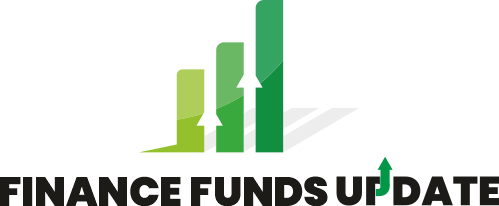This week should be busy as we move into April. Today in Poland, March inflation will be released, which is likely to show a tick up from 4.9% to 5.0% year-on-year, reaching this year’s peak. Core inflation increased slightly on the back of a hike in excise duties on cigarettes. Annual growth in food prices was also slightly higher than in February. At the same time, household energy prices were little changed vs. the previous month, while fuel prices declined.
Tomorrow, we will see the final 4Q24 GDP numbers in the Czech Republic, which may bring little change in the breakdown. Also, in the CEE region, PMIs for March will be released, which should show some improvement, in our view. On Wednesday, the National Bank of Poland is likely to leave rates unchanged at 5.75%, but it is not impossible that someone from the council could file a motion to cut rates since the numbers have surprised to the downside. However, approval is unlikely at the moment, given that a majority of council members remain hawkish. On Thursday, Turkey will release March inflation data, which we estimate fell from 39.1% to 38.0% YoY, below market expectations. On Friday, in the Czech Republic, March inflation will be published, which we forecast to remain unchanged at 2.7% YoY, above market expectations. The Czech National Bank will also publish minutes on this day, revealing a discussion of the pause and inflation risks.
CEE currencies have once again got caught in the clash between hawkish central banks, supporting stronger FX and negative global risks, and undermining currencies in the region. Rate differentials tightened across the board in the second half of last week, implying stronger FX; however, only Poland’s zloty followed, while Hungary’s forint weakened to its weakest levels since early March, and the Czech koruna remains little changed. Given the noise around tariffs last week and this week, global developments in the coming days will be the main driver. However, unless tariff headlines surprise in a significantly negative way, we prefer to stay on the bullish side this week for CEE currencies, where we see more room for surprises, given that a large degree of negativity is priced in at the moment while the local story supports FX.
Frantisek Taborsky















